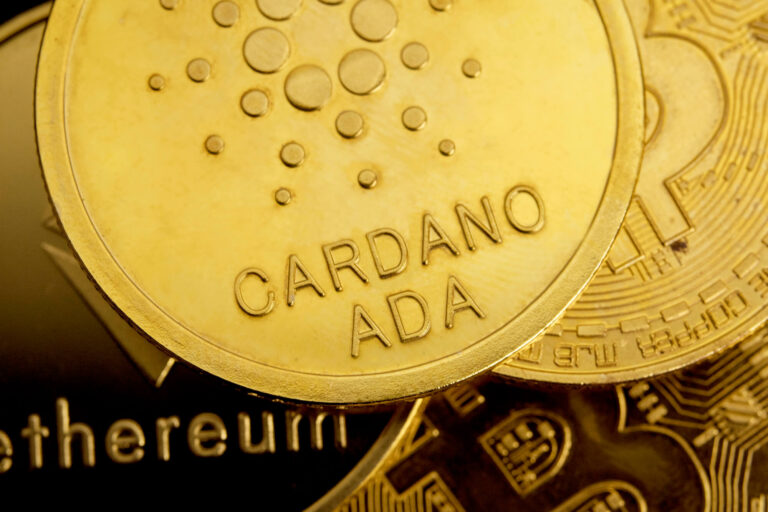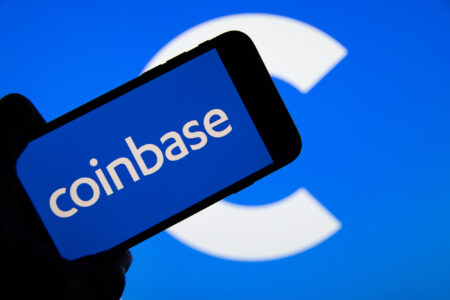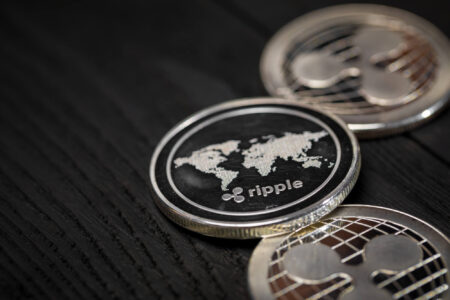Cardano is a decentralized, Proof-of-Stake (PoS) blockchain created by Ethereum co-founder Charles Hoskinson in late 2017 and powered by its native currency, ADA. The Chang hard fork upgrade allows token holders to participate in on-chain governance, bringing Cardano closer to its vision of being a community-run blockchain.
Designed to provide a secure and scalable infrastructure for the development of decentralized applications, Cardano is one of the largest blockchains by market capitalization. The Chang upgrade is a hard fork, as it involves significant changes to the blockchain protocol and requires all nodes and users to upgrade to the new version. Nodes running the old version will not be able to validate new blocks after the fork. The upgrade is supposed to make Cardanoa truly community-run blockchain network.
Cardano's approach and future outlook
Cardano has a distinctly scientific approach, relying on peer-reviewed academic research to guide its development. Compared to other networks, the blockchain uses the programming language Plutus, based on Haskell, which it uses for its smart contracts. Ethereum, for example, uses Solidity and Solana Rust. Cardano is now in the fifth and final phase of its development roadmap, the "Voltaire" phase. The Chang upgrade introduced the novel voting and treasury system to the Voltaire era. But the ultimate goal is for the Cardano community to fully manage its development independently from the control of Input Output Global (IOHK), one of the three founding entities along with the Cardano Foundation and Emurgo.
The Chang upgrade initiated CIP-1694. A CIP is a Cardano Improvement Proposal that outlines changes, enhancements, or new features for the Cardano blockchain. CIPs are submitted by members of the Cardano community and go through a review process. These proposals are similar to Ethereum's EIPs or Bitcoin's BIPs. CIP-1694 marks the beginning of the Voltaire era and introduces a governance framework that includes a Constitutional Committee, Delegated Representatives (dReps) and Stake Pool Operators (SPOs) to oversee and vote on network decisions. The governance process will be phased in, allowing the community to gradually take over. Once fully implemented, Cardano will be a decentralized, community-run blockchain.
The Cardano ecosystem
The Cardano Foundation, which oversees the Cardano blockchain project, is headquartered in the Crypto Valley in Zug, Switzerland. A number of other Cardano protocols are also based in the regulatory friendly Crypto Valley, such as the NFT marketplace NMKR. To date, over 2.2 million NFTs have been created through NMKR from 30,000 projects. The total transaction volume exceeds $65 million USD. Examples like NMKR, working with established traditional entities like the Office of the United Nations High Commissioner for Refugees (UNHCR), show the nature of the Cardano community. While Cardano lags behind in terms of metrics such as total value locked (TVL) at $186.52 million, ranking 28th, proponents of the network stay optimistic.
"With the Chang Hard Fork, Cardano has officially become one of the most decentralized L1 blockchains in the market. This ecosystem counts with more than 2'000 independent validators worldwide, and now all ADA holders have the power to decide the future of the Cardano protocol and its treasury. We are very excited to be part of this historic moment!" - Vito Melchionna & Carolina Isler, Stake Pool Operators (SPOs) of GranADA Pool








